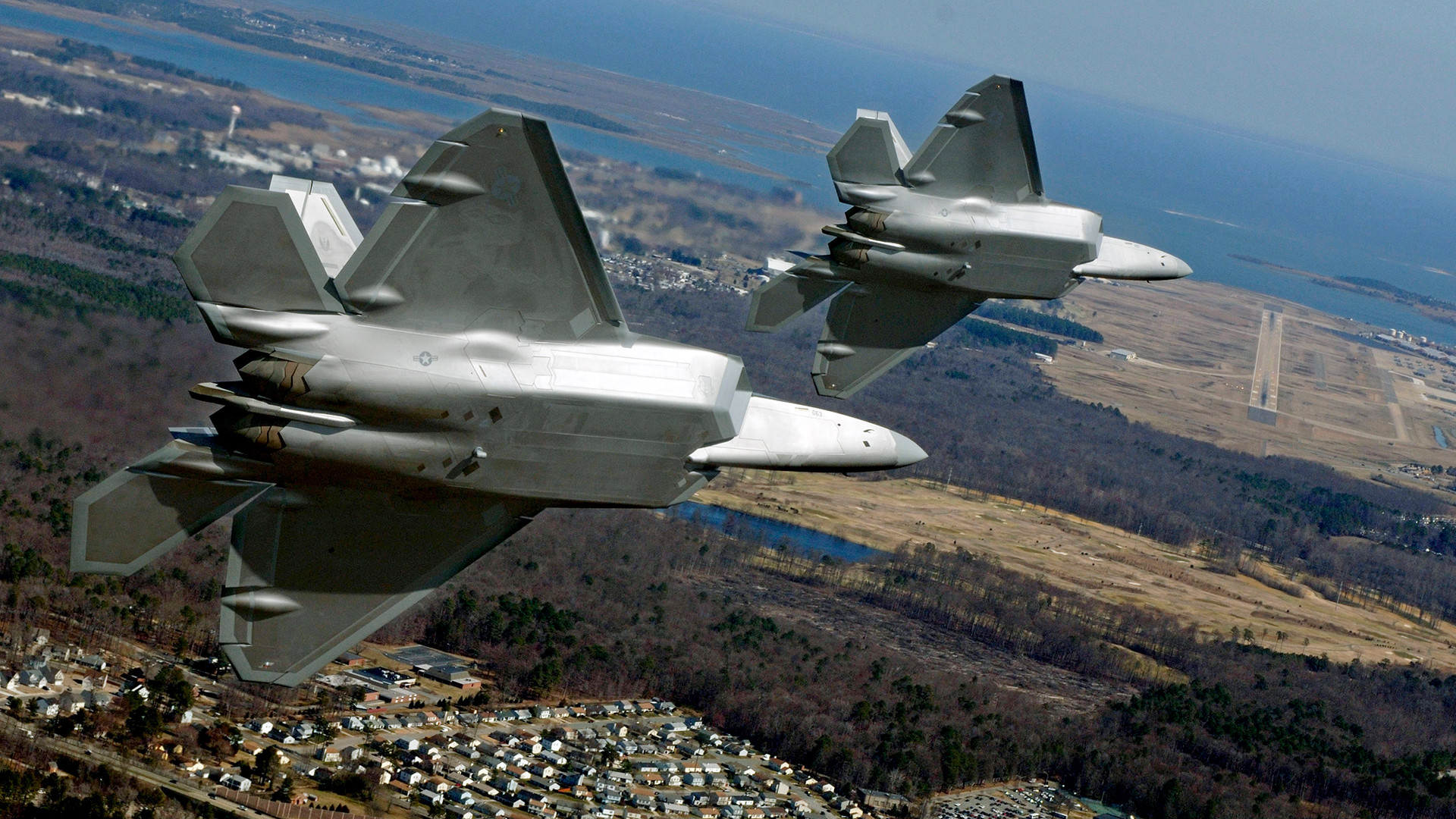Langley Air Force Base, located in one of the most strategic areas of the country, across the Chesapeake Bay from the sprawling Naval Station Norfolk and the open Atlantic, was at the epicenter of waves of mysterious drone incursions that occurred throughout December. The War Zone has been investigating these incidents and the response to them for months. We know that they were so troubling and persistent that they prompted bringing in advanced assets from around the U.S. government, including one of NASA’s WB-57F high-flying research planes. Now the U.S. Air Force has confirmed to us that they did indeed occur and provided details on the timeframe and diversity of drones involved.
This spate of bizarre drone incursions deeply underscores the still-growing threats that uncrewed aerial systems present on and off traditional battlefields, and to military and critical civilian infrastructure, issues The War Zone has been highlighting in great detail for years.
“The installation first observed UAS [uncrewed aerial systems] activities the evening of December 6 [2023] and experienced multiple incursions throughout the month of December. The number of UASs fluctuated and they ranged in size/configuration,” a spokesperson for Langley Air Force Base told The War Zone in a statement earlier today. “None of the incursions appeared to exhibit hostile intent but anything flying in our restricted airspace can pose a threat to flight safety. The FAA was made aware of the UAS incursions.”
“To protect operational security, we do not discuss impacts to operations,” the statement added. “We don’t discuss our specific force protection measures but retain the right to protect the installation. Langley continues to monitor our air space and work with local law enforcement and other federal agencies to ensure the safety of base personnel, facilities, and assets.”

Langley Air Force Base is formally part of Joint Base Langley-Eustis, an amalgamation that also includes the U.S. Army’s Fort Eustis. Both facilities are situated around Newport News and Hampton Roads in southeastern Virginia. Langley, one of a select few bases hosting F-22 Raptor stealth fighters, is particularly important for supporting NORAD and NORTHCOM’s missions to defend the U.S. homeland, including protecting the nation’s capital in Washington, D.C.

The Newport News area is also home to critical U.S. Navy and commercial shipyard facilities. The aforementioned Naval Station Norfolk, the largest naval base on the East Coast and home to roughly half of America’s carrier fleet, is located just to the southeast. A host of other military installations are also dotted throughout the broader area, including Naval Air Station Oceana, the Navy’s master tactical jet base on the East Coast, and Dam Neck, Navy Special Warfare’s East Coast headquarters.
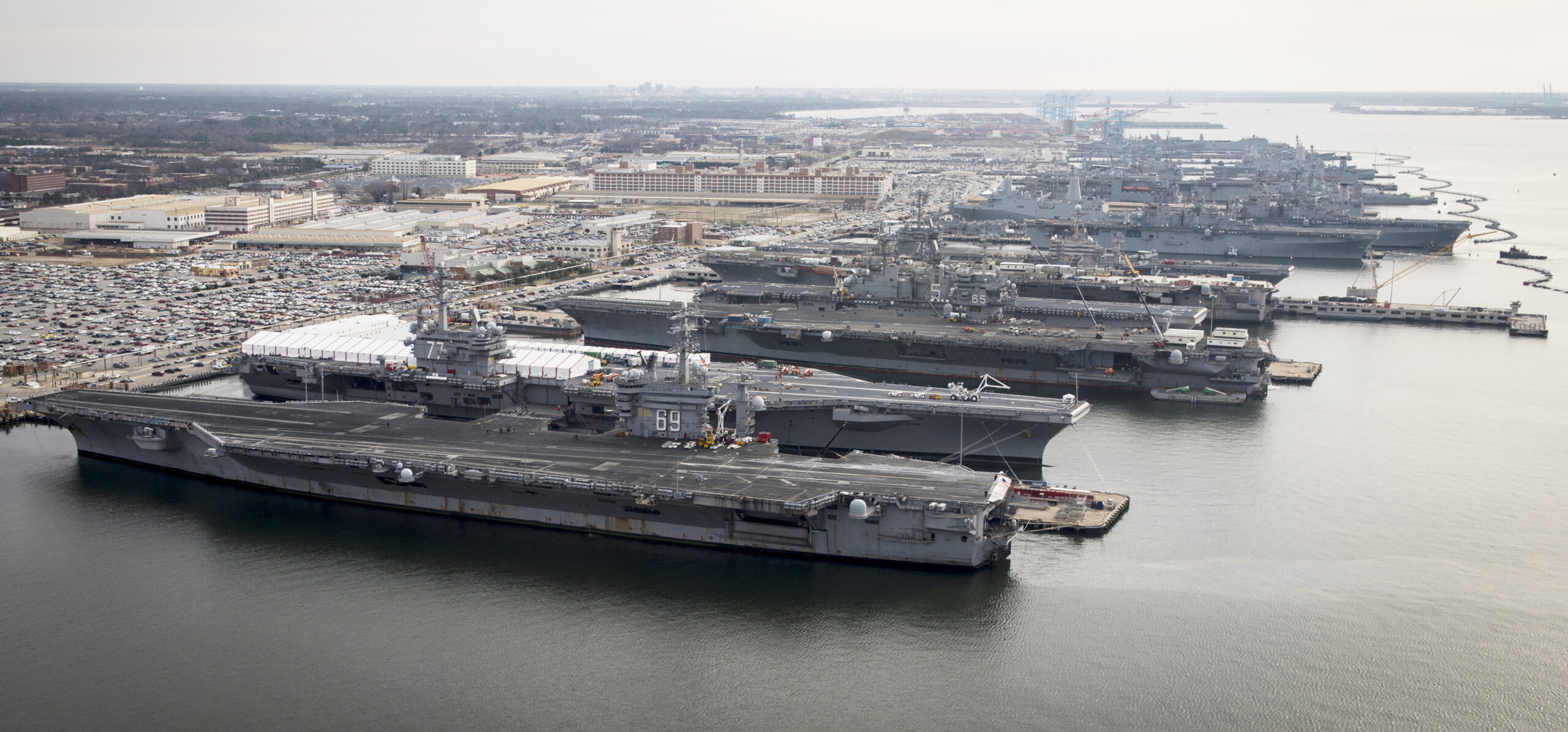

Whether any other facilities in the area experienced drone incursions around the same time is unclear, although the mysterious drone incursions extended beyond Langley. The situation prompted a serious response and caused significant reverberations throughout the U.S. military. Also remember that it is the Air Force’s job to protect American airspace, not the Navy’s. Having a base tasked with that mission, and its airspace getting penetrated for weeks on end is clearly not the best look, especially after major lapses in domain awareness and air defense capabilities were recently spotlighted by the Chinese Spy Balloon saga. These are the same issues The War Zone had been warning of for years prior.
At a hearing before the Senate Armed Services Committee yesterday, U.S. Air Force Gen. Gregory Guillot, currently head of U.S. Northern Command (NORTHCOM) and the U.S.-Canadian North American Defense Command (NORAD), made what appear to be the first public acknowledgment of the incidents at Langley. Guillot, who had previously been deputy commander of U.S. Central Command (CENTCOM), took the reins of NORTHCOM and NORAD in February.
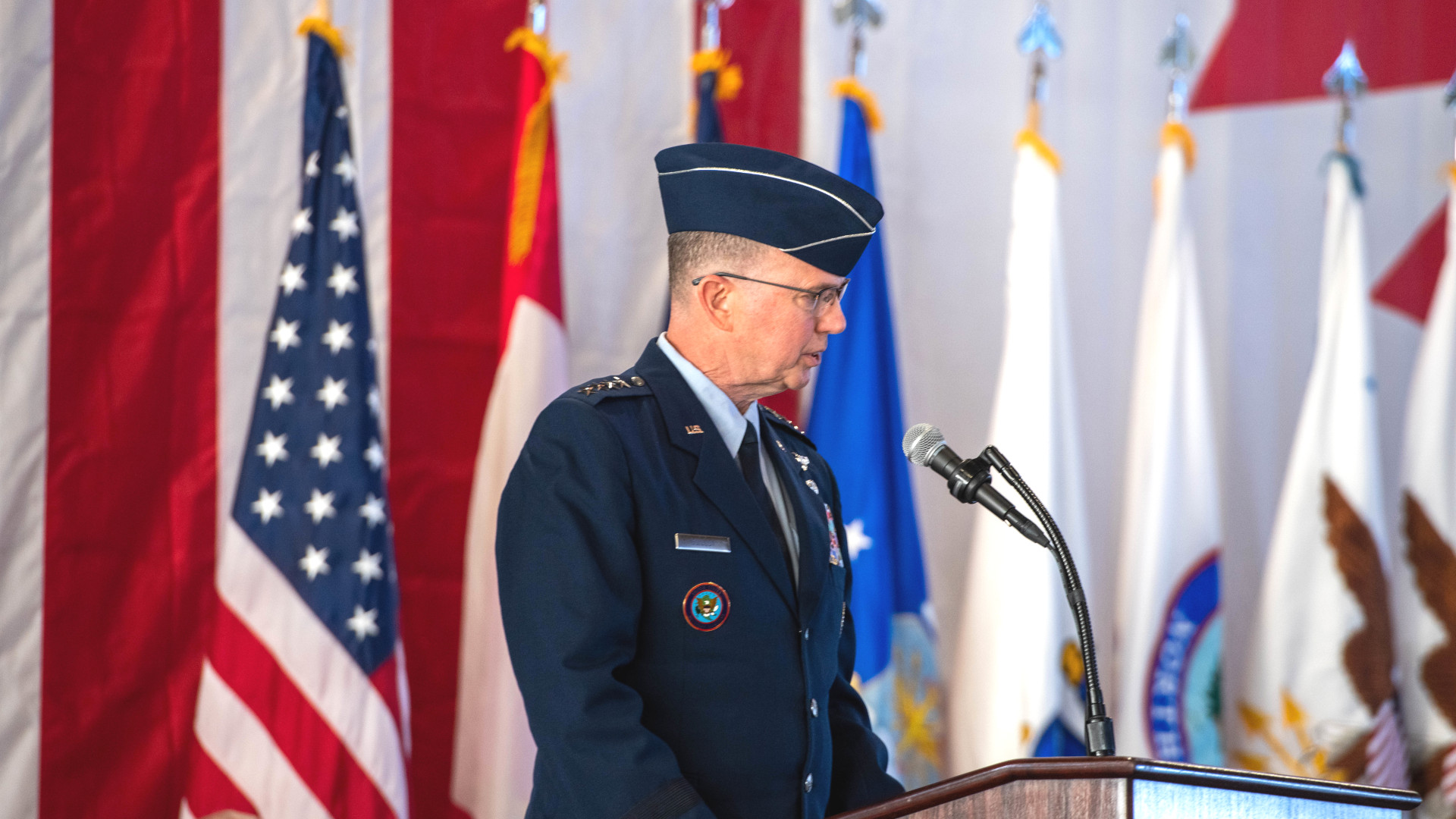
“Upon taking command, I began a 90-day assessment to inform the Department [of Defense], the Joint Force, and Congress on NORAD and NORTHCOM’s ability to execute assigned tasks and make recommendations on where the commands could or should do more,” Guillot said in his opening remarks. “Once complete, I look forward to sharing my findings and updated vision on how NORAD and NORTHCOM will best execute the noble mission of homeland defense.”
“As part of my 90-day assessment, … to tell the truth, the counter-UAS [uncrewed aircraft systems] mission has dominated that so far in the first month. Of course, I knew it was an issue coming from another combatant command [CENTCOM], where we faced that threat in a very different way because of the environment,” the NORAD and NORTHCOM commander said toward the end of the hearing. “But I wasn’t prepared for the number of incursions that I see. [I’ve] gone into the events at Joint Base Langley-Eustis, and I’m using that as the centerpiece of my 90-day assessment.”
In response to queries from The War Zone, the shared public affairs office for NORAD and NORTHCOM said that the two commands were “aware” of the “issues” Gen. Guillot had referred to in his testimony, but directed us to contact the Office of the Secretary of Defense (OSD) and the U.S. Air Force for more information.
As already noted, there were already clear indications, especially from plane spotters using online flight-tracking software, that something unusual was going on in the skies over and around Langley and the rest of the Newport News area last December. This included a flurry of aerial activity, including what looked to be Air Force F-16 fighters conducting combat air patrols supported by aerial refueling tankers, over Newport News and other parts of southeastern Virginia around December 12, 2023.
Online flight tracking software then showed one of NASA’s WB-57F aircraft, with the U.S. civil registration number N927NA, flying circular orbits with Langley at the center the following week.
NASA’s trio of WB-57Fs are specialized research aircraft that can be configured to carry a wide array of imaging and other sensors and equipment in their noses and other modular payload bays. In cooperation with NASA, the U.S. military has made use of these aircraft on various occasions in the past to support operational and test and evaluation-type missions.

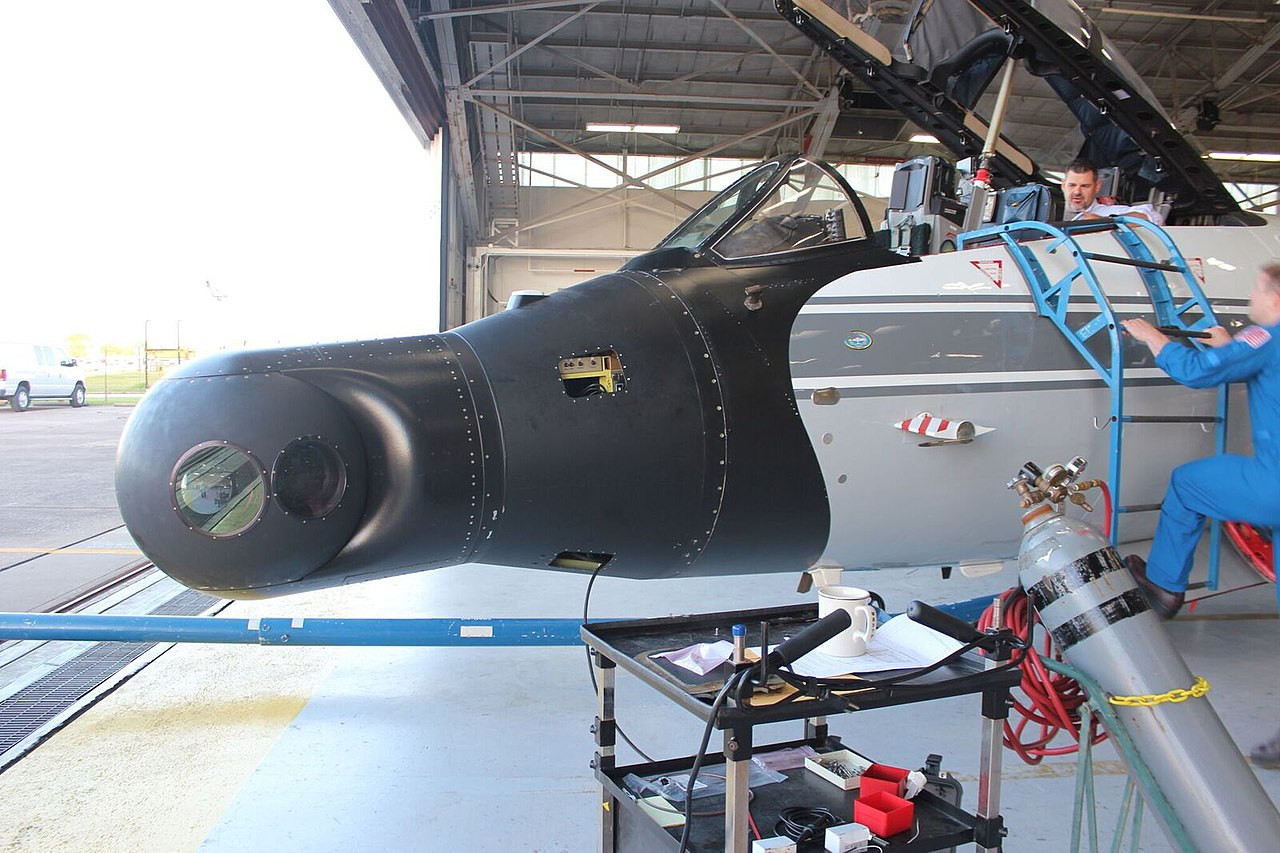
NASA offers a public online calendar showing past, current, and future planned activities for all of its research aircraft. The calendar says that N927NA was tasked with “Imagery Support” on December 18 and 19 of last year, but provides no further details.
The War Zone had reached out back in December to NORAD and NORTHCOM, as well as NASA, for more about the flight activity in southeastern Virginia.
“NORAD has been conducting its routine mission of aerospace warning and aerospace control. … [we] can confirm we conducted flight activities over Virginia various times over the past couple weeks,” a spokesperson from the NORAD/NORTHCOM public affairs office told The War Zone at the time. “USNORTHCOM has been coordinating with [the] FBI, as is consistent with the combatant command’s coordinating role, but I have to refer you to [the] FBI on the nature of that law enforcement issue.”
The FBI declined to comment at that time. The Bureau did so again when The War Zone reached back out today.
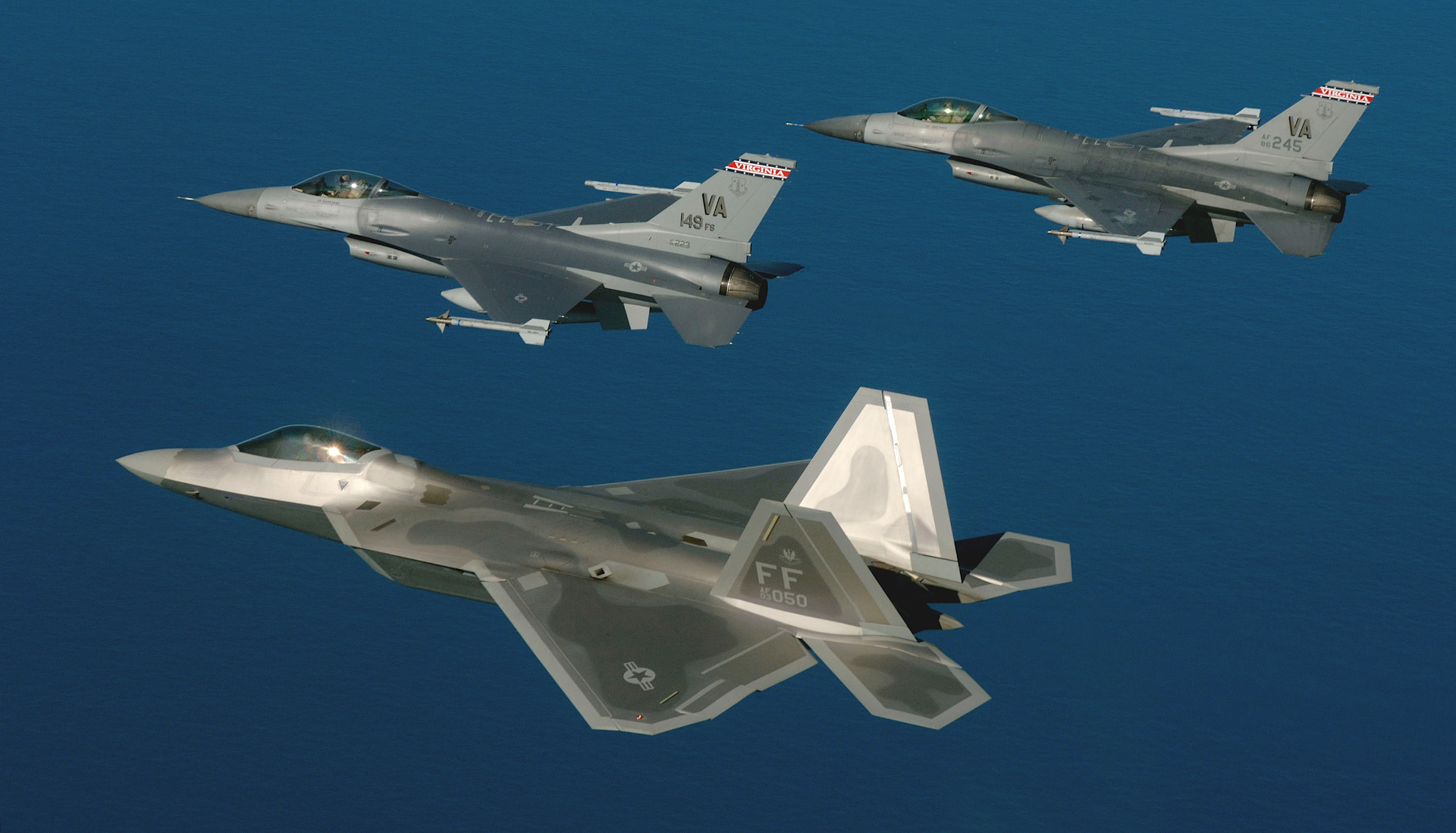
“NASA’s WB-57 aircraft fly missions across the United States in support of scientific research and remote imaging. They have flown at least 30 times in the past two months,” a spokesperson for NASA’s Langley Research Center in Virginia also told The War Zone in January in response to queries about N927NA’s December flights. “The WB-57 with civil registration number N927NA was on the East Coast in December to fly in support of NASA’s SpaceX CRS-29 commercial resupply services mission and image the spacecraft upon its return to Earth. While in the area, the aircraft provided additional imaging support in Virginia.”
It is important to note that this is not the first time that Langley and other U.S. military bases across the country, including outlying U.S. territories, as well as critical civilian infrastructure, have been subjected to mysterious drone overflights. U.S. warships have also been swarmed off the coasts of the United States. U.S. military aircraft are also routinely encountering drones in various test and training ranges and other restricted military operating areas. America’s nuclear power plants have had very troubling encounters with drone swarms. Yet the frequency and nature of the incursions in Virginia sound eerily similar to the bizarre claims of unidentified drone swarms roving over the plains of Colorado in the Winter of 2019-2020. The government response to those incidents was something of a meek sideshow compared to what clearly occurred regarding the Langley incidents — a sign of just how much more serious these incidents are being taken.
All this is in addition to the strange encounters between U.S. Navy fighter aircraft and unidentified craft that have occurred persistently for years just off the coast of where Langley is located. Based on investigative reporting by The War Zone, some of these were directly identified as drones in pilot hazard reports obtained via FOIA.
The Air Force has since identified the potential threats drones pose to its flightlines as a specific point of concern. But the ability, or lack thereof, of the U.S. military and other Federal, state, and local agencies to effectively respond to these potential threats is worrisome. This gap had long been left unfilled and the scramble to remediate it only began after simple, often homemade, armed drones began causing great damage on the battlefield in Mosul in 2016. The barrier to entry to weaponizing small commercial drones to make them even more dangerous or to build longer-range ones that can strike fixed targets autonomously is only shrinking with each passing day. Increasing levels of autonomy even for small drones will also change the severity of the threat they pose in the not-too-distant future.
Though at least a portion of this activity often appears to be innocuous, there are real national security and general aviation safety concerns. Groups of drones, even small commercially available types without any kind of armed capability, could impede flight operations and conduct highly valuable surveillance. Just their presence effectively probes defenses and can provide critical information. Weaponizing these drones could cause immersive damage. While F-22s are the hardest fighters to confront in the sky, comparatively simple drones could destroy dozens of them as they sit idle on the ground, and do so over great distances.

The War Zone laid out this exact scenario in 2017:
“Similar swarming strikes could be unleashed behind the front lines as well, with hugely expensive and low density/high demand combat aircraft being especially vulnerable to this sort of tactic—something General James Holmes alluded to inadvertently while speaking to the Air Force Association, stating:
“Imagine a world where somebody flies a couple hundred of those and flies one down the intake of my F-22s with just a small weapon on it.”
Actually, it would be even easier to just strike the jets as they sit idle and vulnerable on the flightline. One swarm could see a whole squadron of tightly packed fighters destroyed without even having a chance to fight back.”
In his testimony before the Senate yesterday, NORAD and NORTHCOM head Gen. Guillot said bluntly that his 90-day assessment was heavily focused on where the two commands “can and should do more as this emerging capability outstrips the operational framework that we have to address it.”
Much about the drone incursions that occurred at Langley Air Force Base last December remains officially undisclosed, but they put these broader issues and concerns about uncrewed aerial threats into sharp relief.
Howard Altman contributed to this story.
Contact the author: joe@twz.com
